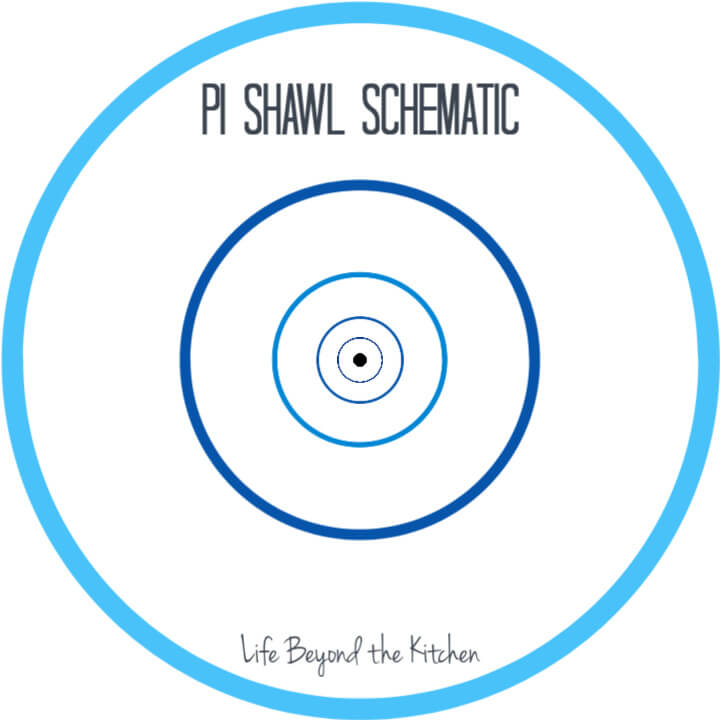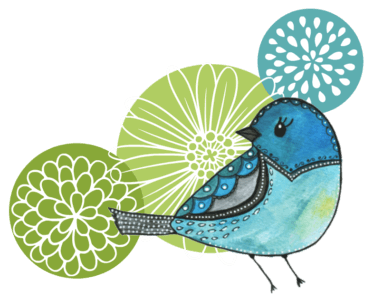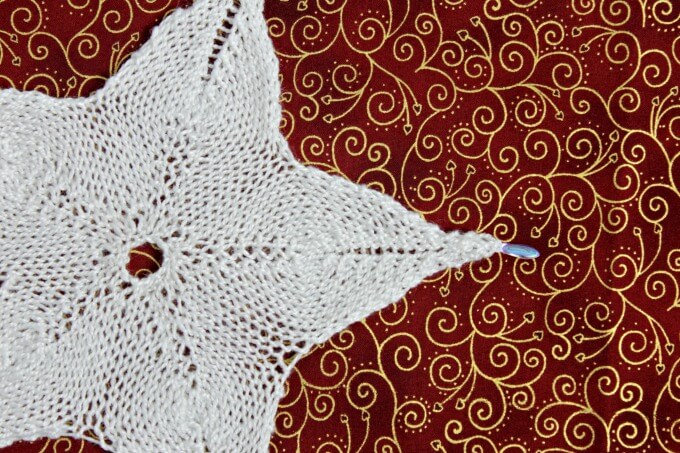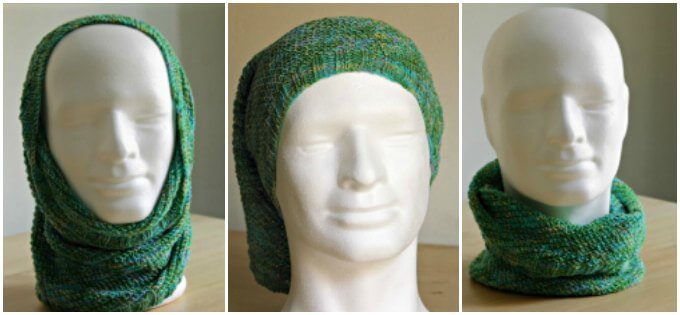Introduction to Pi Shawls
Last Updated on May 30, 2020 by lydiaf1963
Saturday is March 14, also known as Pi Day (3.14…get it?) I thought it would be fun to learn a little about Pi Shawls, and admire a collection of fancy and utilitarian shawls suitable for an adventurous knitter.

How does a Pi Shawl work?
A Pi Shawl is worked from the center out. Simple circle geometry allows the shawl to grow and retain it’s round shape at the same time. Basically, when the diameter of a circle doubles, so does the circumference. In other words, you work a round of simple increases to double the number of stitches, which in turn, increases the size of the circle.
The invention of the Pi Shawl is widely credited to Elizabeth Zimmerman. As discussed in her book, Knitter’s Almanac, the original version is a rather straightforward project. It’s created with rounds of plain knitting interspersed with increase rounds. For the increase rounds Elizabeth Zimmerman chose to use eyelets (knit one, yarn over) to double the number of stitches, but any type of increase can be used.
Anatomy of a Circular Shawl
You start by casting on 9 stitches and working 1 round in knit stitch. (whether or not the cast on is considered a round is up to the designer). Then you perform an increase round which doubles the number of stitches to 18. At the same time, the circle will maintain its shape and grow in a regular manner.
Next comes a series of rounds and increases like this:
- Cast on 9 stitches
- Knit a round
- Increase every stitch – 18 stitches
- Knit 3 rounds
- Increase every stitch -36 stitches
- Knit 6 rounds
- Increase every stitch -72 stitches
- Knit 12 rounds
- Increase every stitch – 144 stitches
- Knit 24 rounds
- Increase every stitch – 288 stitches
- Knit 48 rounds
- Increase every stitch – 576 stitches
- Continue until shawl is desired size
- Bind off loosely or add an edging before binding off
In effect a Pi Shawl is a series of circles nestled within each other and separated by the increase rounds.

You can chose to knit in stockinette all the way through, which would be awesome for showcasing a gorgeous hand dyed yarn (see the post from Yumi Yarns below) OR you can find a stitch pattern that will work with the number of stitches available.
You’ll see this demonstrated in the patterns below where some designers have chosen lace patterns while others have made use of cables, colorwork designs and pattern stitches.
Resources
The same principles for making the Pi Shawl apply to the Half Pi shawl as well.
There’s a Pi Shawl for Everyone
Let’s look at the gorgeous examples I’ve curated for you now that we’ve learned a little bit about Pi Shawl construction. There’s something for everyone in the collection below.
The variety of styles is stunning. Want a fragile lace shawl? You can make one. Would you rather make a round afghan? Go ahead! Use a heavier yarn. Want something that will keep you warm on a camping trip? There’s a shawl for that, too. The sky’s the limit.
To see the patterns tap or click on the images. Some are free, others are available for purchase.
More knitting from the center out:



















